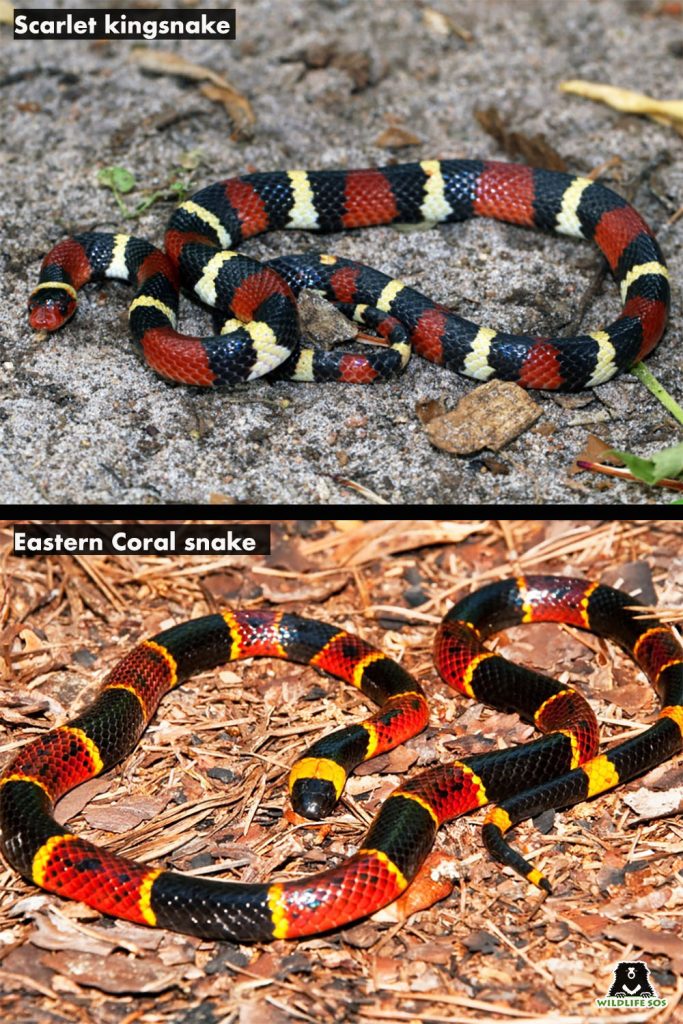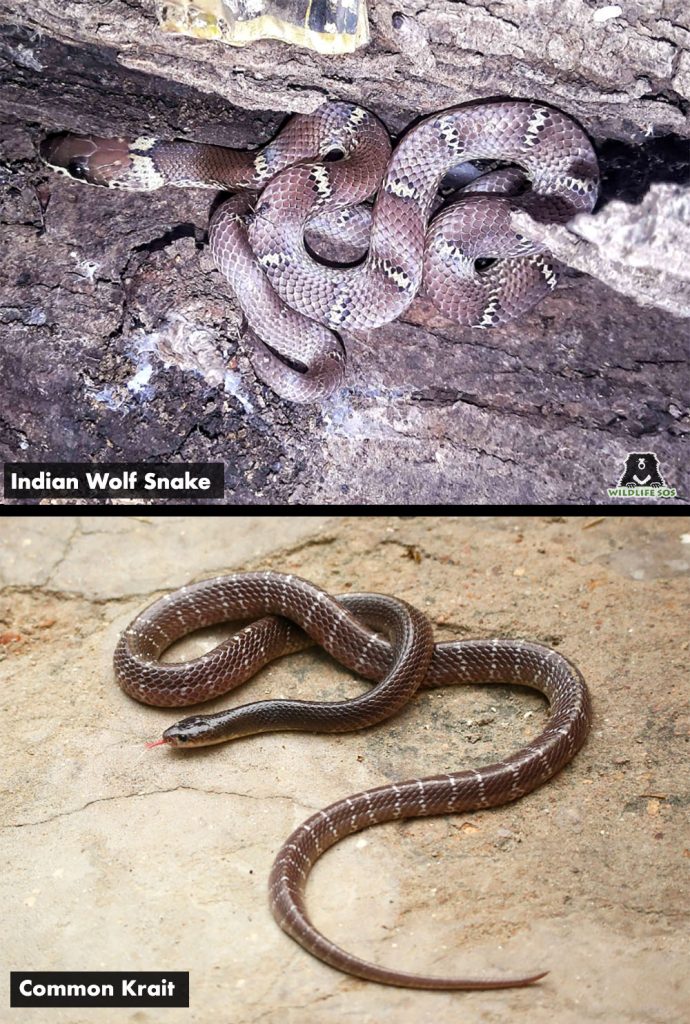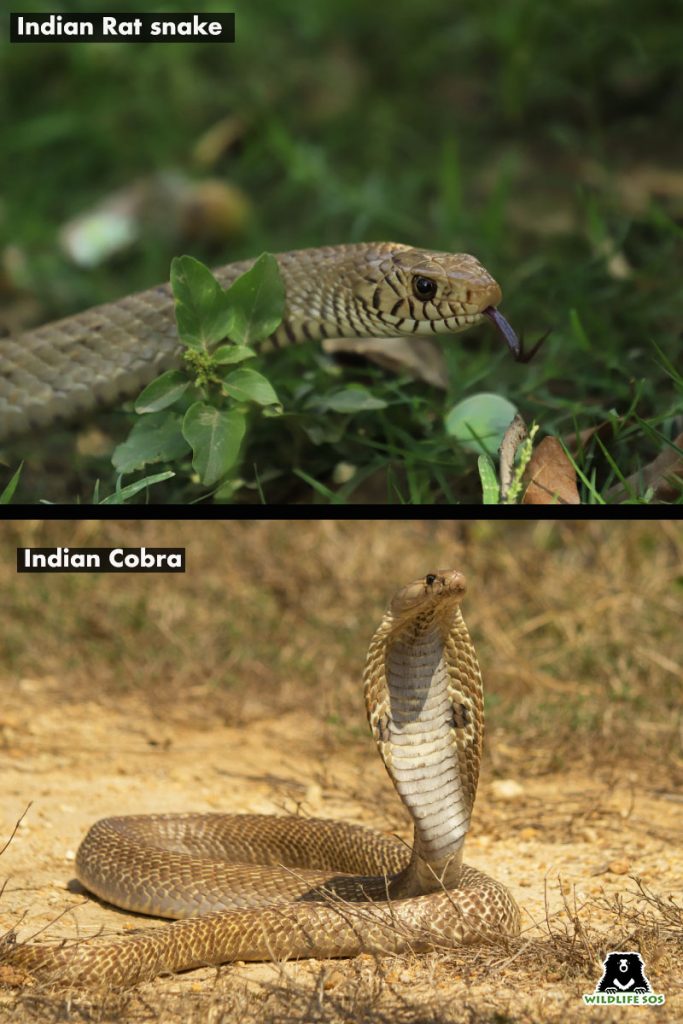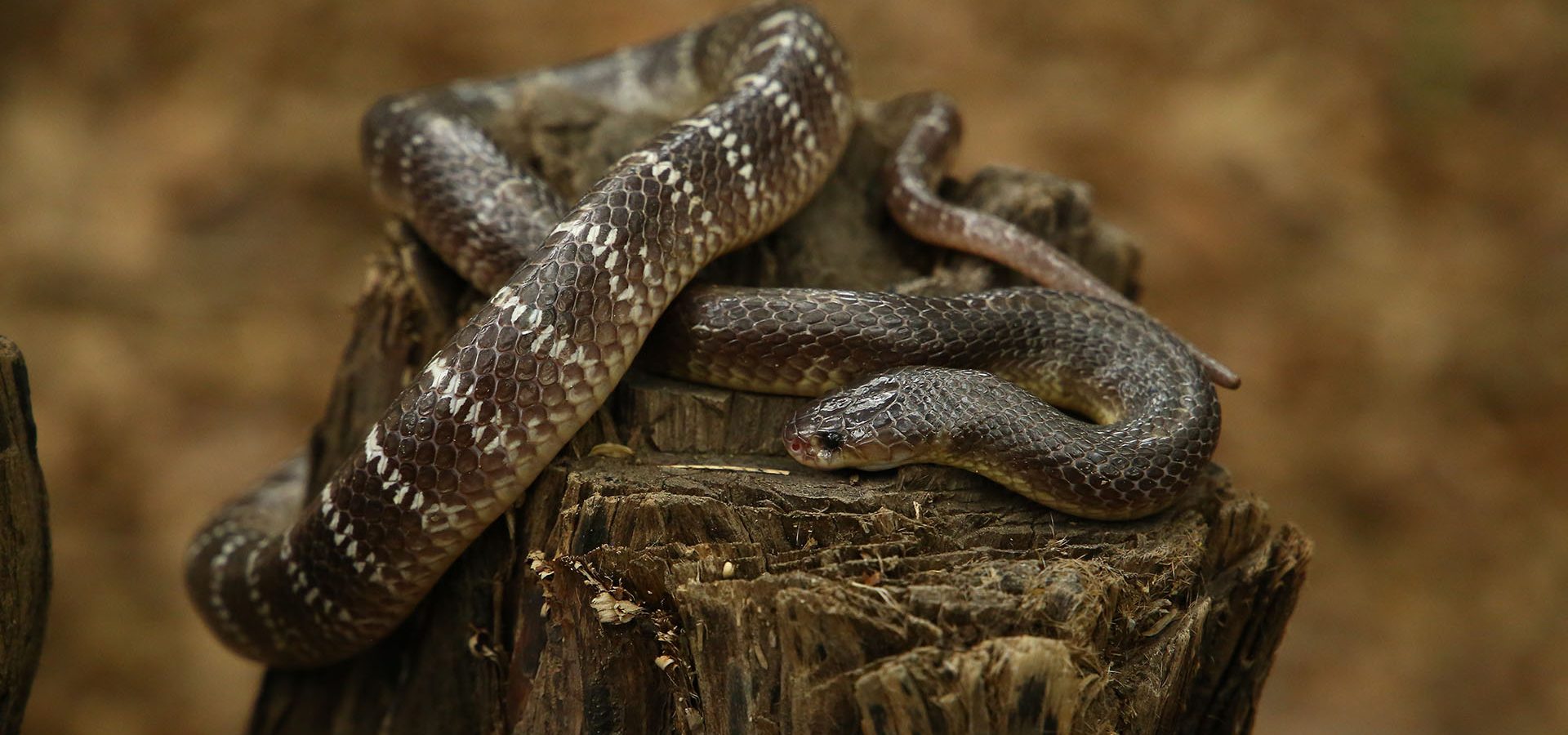While mimicry may indeed be the sincerest form of flattery in humans, in the animal kingdom, this might just be what it takes to survive! For many animal species, the order of natural selection places them at a disadvantage when it comes to protecting themselves from encounters with predators and other such threats. How is it then, that they continue to thrive?
This brings us to the rather interesting theory — ‘the evolution of mimicry’. Several animal and insect species can change their form, colour, behaviour and even their scent to trick or intimidate predator species. This not only protects them from becoming a predator’s next meal but is also a clever tactic to deceive their prey.
The most common form of mimicry occurs when a harmless species (the mimic) has evolved to superficially resemble or imitate the warning signs of another species (the model) to defer predators.
Such a phenomena is quite common in snake species and perhaps the most prominent example is that of Eastern Coral snakes and Scarlet kingsnakes. With its distinctive banding pattern, the harmless scarlet kingsnake of North Carolina had evolved to resemble the Eastern Coral snake, considered to be the deadliest snake in North America! According to studies, there are more than 150 coral snake mimics across the world.

While this adaptation has helped the kingsnake to ward off predators, distinguishing between the two snake species is quite challenging and often leads to conflict situations and accidental killings. The easiest way to spot the difference is by the order of the black, red and yellow bands on the snake, which is commonly remembered as a rhyme— “If red touches yellow, it’s bad for a fellow. If red touches black, friend of Jack.”
Closer to home, we have the Indian wolf snake who is quite the mimicry artist. The non-venomous wolf snake is a highly adaptive species and is commonly found in urban environments. Due to their uncanny resemblance to the highly venomous Common Krait, wolf snakes are often misidentified and end as victims of human-wildlife conflict. Besides the physical similarity, both snakes display a common form of behaviour, whereby they conceal their heads under their bodies as a defence mechanism. This similarity is not coincidental, as resembling one of the most venomous snakes in India helps this species to survive.

Kraits can be identified by the triangular cross section in their body, with distinctly large, hexagonal scales along the spine, while the wolf snake has a more rounded body. The Krait has thin white bands (sometimes in close pairs) located in the posterior region, but disappearing toward the head, whereas, wolf snakes have white bands markedly more prominent in the head region which disappear towards the tail end.
The Wildlife SOS Rapid response unit frequently receives panicked calls about cobras sightings but they mostly turn out to be a case of mistaken identity. The non-venomous rat snake often puts itself in a precarious situation due to the strong resemblance to the Indian Cobra—one of the ‘big four’ venomous snakes to be found in the Indian subcontinent.

A clear tell tale sign of a cobra is its majestic hood. Hooding is a defence mechanism that makes the cobra appear larger and more intimidating and they also produce a loud hissing sound as a warning signal. However, when agitated, a rat snake too will inflate its neck to make its head look bigger which can lead to the misidentification by inexperienced observers.
What also helps spot the difference between the two is that the rat snake is much longer and can easily be told apart by the stronger ridged appearance of its body. A close-up view of the head of a Rat Snake showing black lines outlined on scales bordering the lip.
Snakes have a reputation that precedes them due to age old superstitions and myths and are often perceived as dangerous. They are in fact, one of nature’s most formidable creatures and it’s about time we give snakes the credit they deserve!





